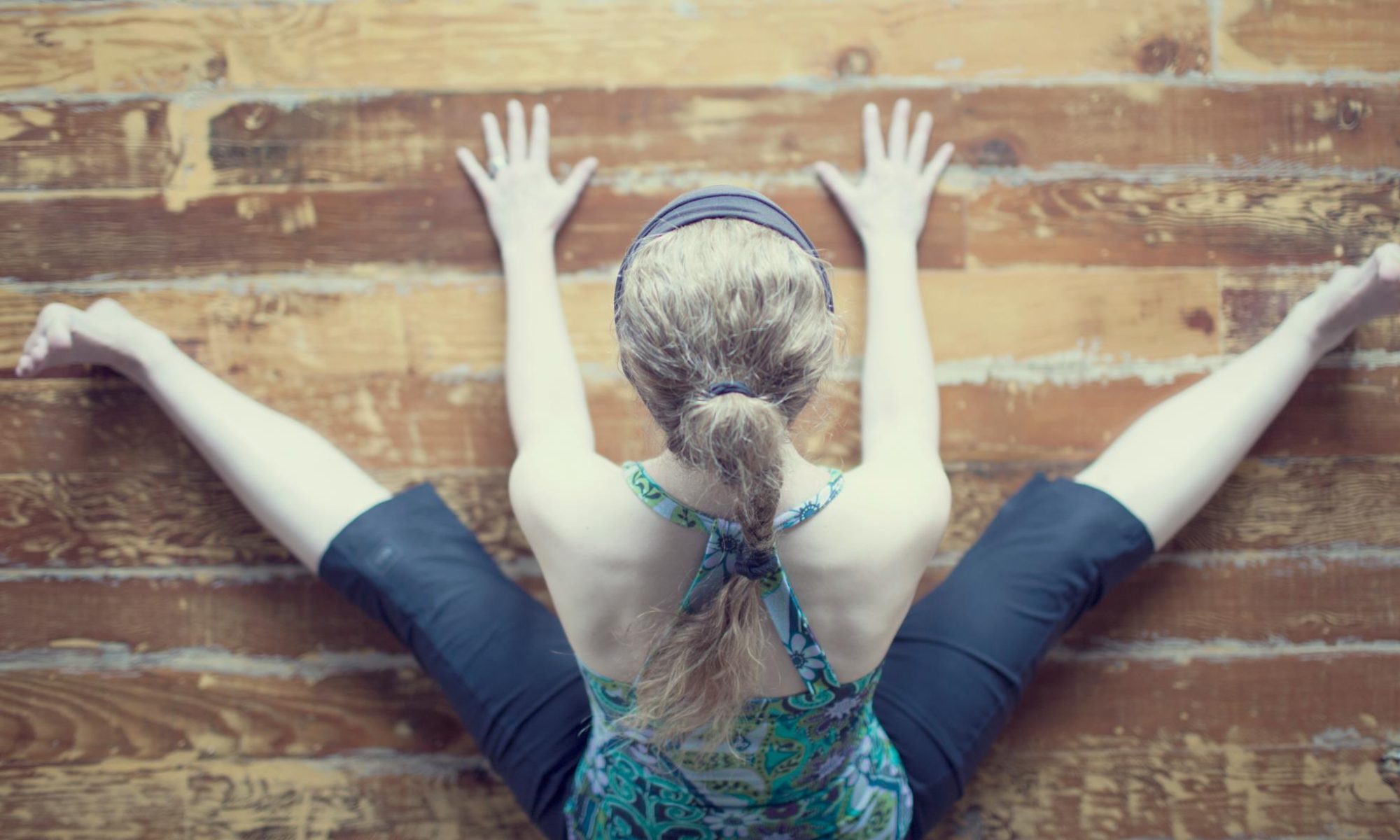
A new year and a new decade is upon us. The end of the calendar year is a natural time to reflect back on what was and to look forward with hope and anticipation to what might lie ahead. In the Northern Hemisphere, the end of the year coincides with the beginning of winter, a season that encourages us to draw our focus inward, to observe and connect with our inner landscape and reflect upon what we find.
Amid the celebration and festivity, take some time to consider not only the year that has come to a close, but the last ten years as well. What events stand out for you? What are you most proud of? What did you learn that has changed the way you think, feel, live your daily life? What were the triumphs in those ten years, and what were the challenges? What beliefs, teachings, and practices served you well, and which ones might be limiting your ability to move forward on your path?
The only constant in life is change. At a glance it might seem like we are the same person we were a decade ago, but when we look closer the differences are clear. It would be easy to allow our inner monologue to deafen us with criticism over our perceived failures, our losses, the summits we did not climb, the goals we did not achieve. However, what we must do instead is listen to our deepest self – that wise little voice within us, so often shouted down by the external world and our busy thinking mind. That voice will remind us that we are extraordinary because after ten years we are still alive. We are older and wiser and more beautiful each day. Every triumph and tragedy has taught us something about ourselves and made us more whole, more human. We can look back at the changes we have experienced and welcome them with an open heart, offering forgiveness and compassion for the suffering we might have caused ourselves or others.
On December 22nd, spiritual leader Ram Dass left his broken body to go home. His dear friend Jack Kornfield said, “Home is not somewhere else. It is here, in life and death, in the eternal dance of consciousness, weaving together form and the formless mystery from which it all comes. Ram Dass is the vastness reminding us that in the end, there is only love.” In 1997 Ram Dass suffered a stroke and, rather than being discouraged by its debilitating effects, he used that monumental change to embody his teachings, to continue to share his love and compassion and wisdom with the world. If change is the one constant in life, death is the one inevitability. Ram Dass saw death simply as a change to prepare for, to make peace with, to welcome and accept like any other. May his teachings live on and flourish in the millions of hearts he touched.



